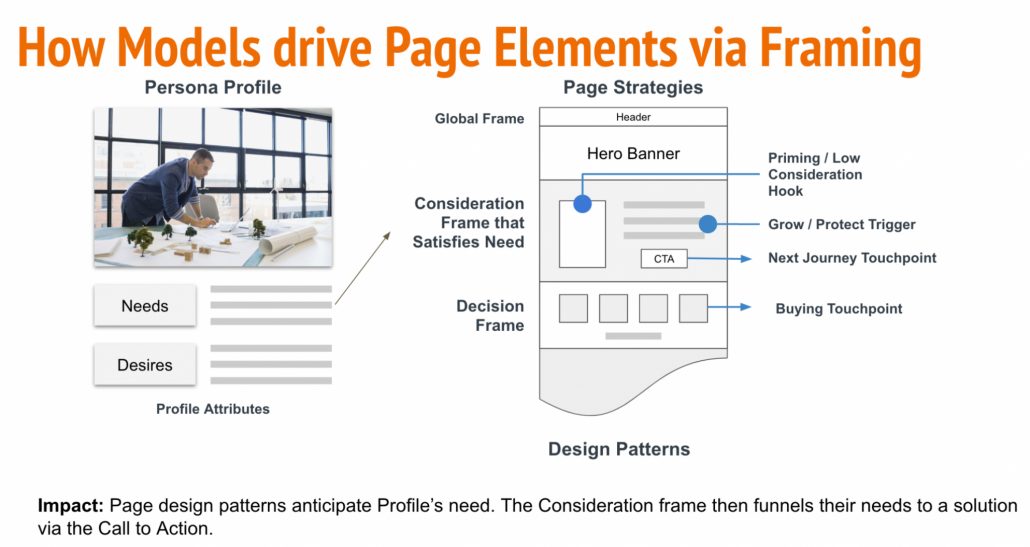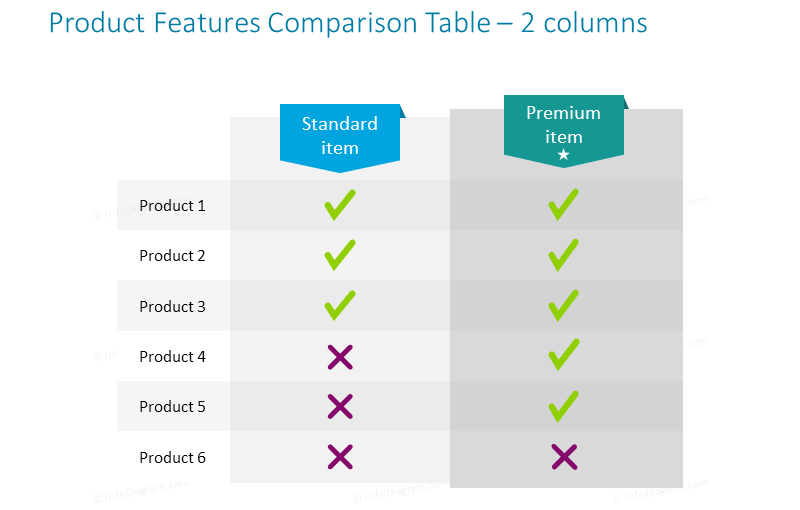In step #5, Klaff points out that selling people using time, price, social pressure triggers offend their sense of autonomy. Also, if attempt to exercise sudden control over the sales process, resistance is inevitable. So, like other selling systems, you should let the buyer talk, Don’t try to close. Ask probing / guiding questions.
Klaff recommends we should leverage the natural pessimism of the buyers to enable self-selling process. My natural question when I first read this in his book was – Why is it important to activate buyers pessimism, isn’t that going to destroy the deal? Klaff states people tend to worry about features and functions that are not relevant to the solution. So we need to put a fence around their concerns.
- Let them feel the pessimism, this makes them feel in control of process.
- Impose boundaries before you grant them autonomy.
- Don’t give buyer control of the end process. “We will talk about it and get back to you”
Put a Fence around it!
To contain the buyer’s natural pessimism, he would list the obvious ways to fail. This frames these possibilities as things not to worry about. Humans are slow to question boundaries – especially when standards or best practices exist, present these issues as settled; either they don’t matter, are time-wasters or distractions.
Here is Klaff’s frame to bound their areas of concern to things that make his solution better and different than other solutions. Think of it as an invisible boundaries contain buyer’s allowed questions. There are 2 categories of questions:
- Inside Boundary Issues – what really matters – Facts accepted, topics open to discussion and issues happy to discuss. Inside boundary questions as useful to the process. Choose these issues that make your solution unique and a strong choice.
- Outside Boundary Issues – settled features, best practices that don’t matter (time-wasters, distractions) to the process at hand. The outside boundaries should be addressed and dismissed as methods leading to failure.
To summarize this step: Build fences and then use a buyer’s formula (#6) to teach them how to buy and invite them through the buying gate.





















Comments
Email me at: david@davidmpfeiffer.com